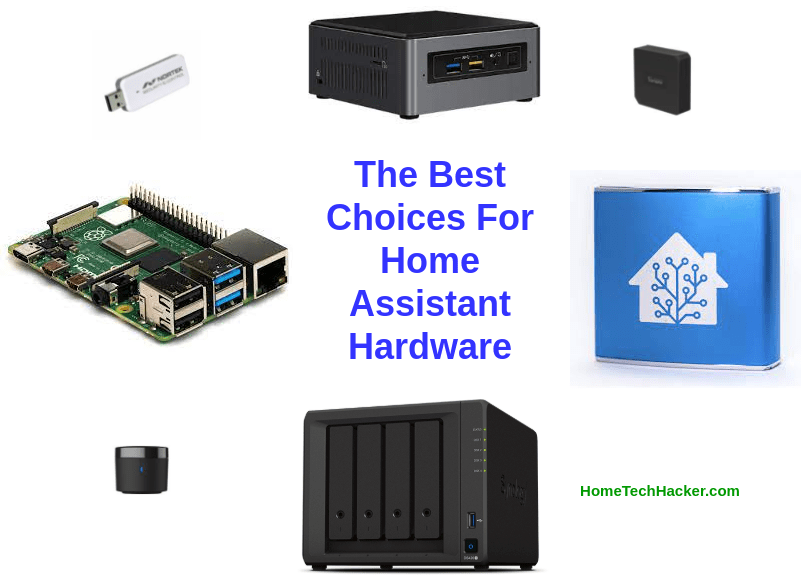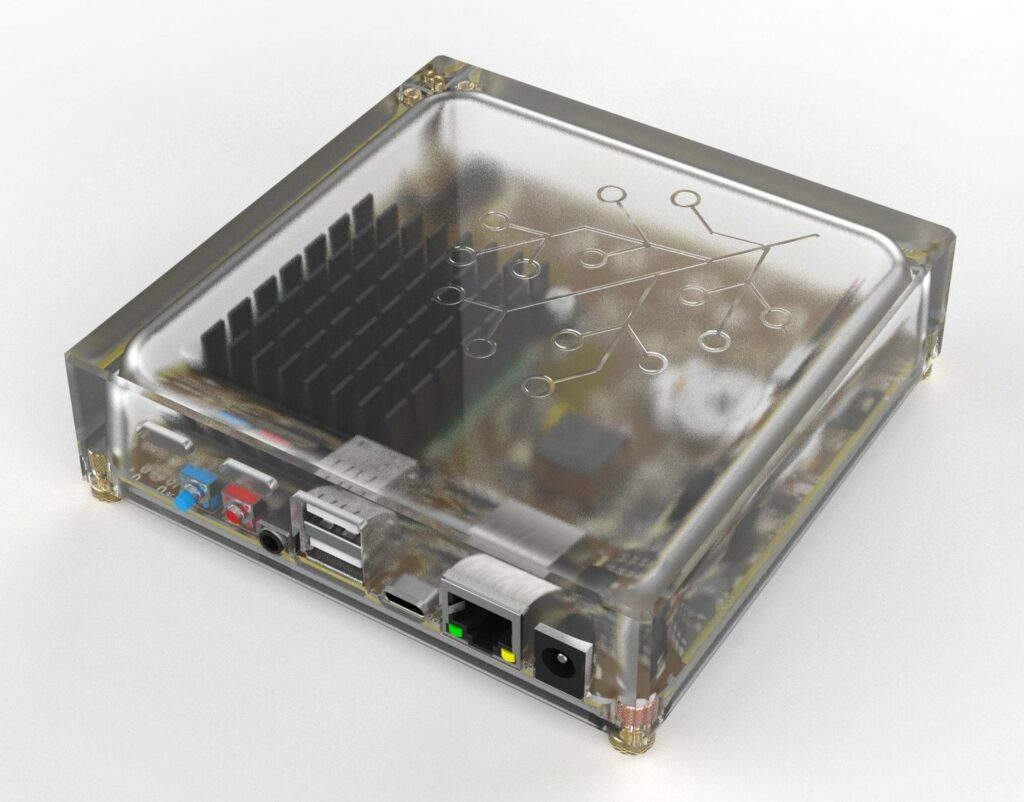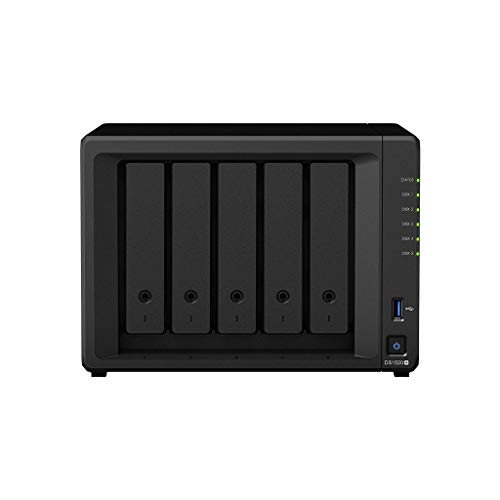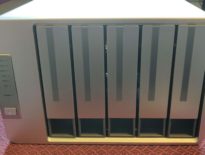
I’m a big fan of Home Assistant. There are many reasons it is the perfect smart home hub for me, among many smart home hub choices. If you are reading this article, you’re interested in it too. One of the disadvantages of a software smart home hub is that you need to find hardware to run it on. Fortunately, you have a lot of choices for Home Assistant hardware. In this article, we’ll go over the best hardware choices for running Home Assistant, as well as the best Z-wave and Zigbee sticks to integrate with Home Assistant. And, as a bonus, I’ll list some of the top companion hardware choices for Home Assistant.
This page contains affiliate links. If you purchase an item using an affiliate link I will receive a small commission at no cost to you. Affiliates do not influence my recommendations. Read my disclosures for more information.
Editor’s Note: This article was last updated on 4/8/2023
Table of Contents
Home Assistant installation types
Before delving into hardware choices it’s important to understand the different Home Assistant installation types. Home Assistant can be run in many different ways:
- Using the Home Assistant operating system (HassOS)
- Home Assistant Supervised (running fully supervised Home Assistant on top of a Linux OS)
- Home Assistant Container (e.g. Docker)
- Home Assistant Core (i.e. install Home Assistant directly on Python)
You can learn more about the above methods, and their advantages and disadvantages in Home Assistant’s official documentation. The most important thing for this article is to know that you can install Home Assistant in many different ways on many different types of OS’s and hardware.
Home Assistant hardware server choices
Let’s get to it. Here is a list, in no particular order, of the hardware I recommend.
Virtualized on existing hardware (Docker or Virtual Machine)
This is how I run Home Assistant Core. I have a virtual machine (VM) on my home lab’s Proxmox server dedicated to Home Assistant. This allows me to easily allocate resources to make sure my Home Assistant instance is speedy. It also makes backups, upgrades, and restores an absolute breeze. If you’ve already got hardware that you can run a VM on, this might be your least expensive option. Similarly, you can also run Home Assistant in Docker.
Raspberry Pi 4
Raspberry Pis have long been popular Home Assistant hardware. The Raspberry Pi 4 is plenty fast for most uses unless you want to run other services on the Raspberry Pi at the same time. If you go this route, I recommend you get at least 4GB of RAM and go with an SSD or NVMe M.2 conversion. The biggest problem people have with the Raspberry Pi is failing SD cards. These conversions will mitigate that issue. Below are the items you might want to consider if going with a Raspberry Pi 4:
Home Assistant Yellow

Home Assistant Yellow is the latest hardware brought to us by the developers of Home Assistant. It has a gigabit Ethernet port, PoE, an M.2 expansion slot, and a Zigbee module onboard. The Zigbee chip is compatible with Matter.
Home Assistant Blue/Odroid N2+

Want the simplest hardware, ready to go for you with Home Assistant pre-installed? Just buy the Home Assistant Blue Box. It’s nice-looking, has good hardware, and might be the quickest way to get started with Home Assistant. Alternatively, you can just install Home Assistant on an Odroid N2+ on your own and save a few dollars, because that’s the hardware Home Assistant Blue uses. But, you won’t get that cool Home Assistant case!
Intel NUC
Intel’s Next Unit of Computing, or NUC, are small-form-factor computers that pack a good amount of power. I use a generation 8 NUC to power my Proxmox VM host, which also hosts my Home Assistant VM, in my home lab. Most NUCs will give you plenty of power to run Home Assistant in addition to many other items at the same time. How much you can run on it depends on the processor and RAM you equip your NUC with. They come in kits that already have RAM and disk, or you can buy them barebones and add your own storage. Here are a few different NUC options that will get the job done:
Dusun Home Assistant IoT Gateway
The Dusun Home Assistant IoT Gateway is a device that comes with Home Assistant Supervised pre-installed. It also comes with Zigbee, Z-Wave, and Bluetooth. It is close to a turnkey solution.
Other mini pcs
Intel isn’t the only company that makes small-form-factor PCs. In my pfSense hardware article, I go through a few small-form-factor PCs that could also work as good Home Assistant servers. The small-form-factor options I recommend for Proxmox servers would work well too but are probably overkill for just Home Assistant. Below are a few examples that would have the same benefits as the NUCs (small footprint, plenty of power to run Home Assistant and other services):
Appliances like the Synology NAS
Many appliances have the ability to run Docker containers, which is one way you can run Home Assistant. For example, if you already have a Synology or QNAP NAS, or you are planning to buy one anyway, you can get one powerful enough to also run Docker containers and virtual machines. Here are a few options:
Best Z-Wave and Zigbee sticks
If you want to use Z-Wave and/or Zigbee devices with your Home Assistant set up, you will need a compatible Z-Wave or Zigbee stick. If you are running Home Assistant in a virtualized environment make sure you can pass-through the USB stick to your Home Assistant instance. Here are the ones I recommend:






Best RF and IR controllers
Not everything in the smart home world can be controlled over the network, by Z-Wave, or Zigbee. Sometimes you have infrared (IR) or radio-frequency devices (RF) that you want to control and integrate with Home Assistant. I use the Sonoff RF Bridge to control 433Mhz devices, and the BroadLink RM4 Mini to integrate IR devices into my smart home. Here are a few choices you can look into for RF and IR control:
Other Home Assistant hardware for your smart home
There are so many devices you integrate with Home Assistant install. Check out the HomeTechHacker Shop for the ones I recommend, use, and/or have reviewed. There you’ll find LED hardware, Z-wave and Zigbee devices, and many other smart home products.
Final thoughts
Home Assistant is flexible in so many ways, including what hardware it can be run on. You can find hardware for various size budgets, and you can probably even use hardware you already have. These choices are just another reason why Home Assistant is great!
What Home Assistant hardware do you use? Did I leave some good choices off the list? Let me know in the comments or on Twitter!

































With synology DSM7 there is no support any more for using the usb sticks for eg zwave and docker. You can however run a VM with home assistant on synology and share your usb port with it.